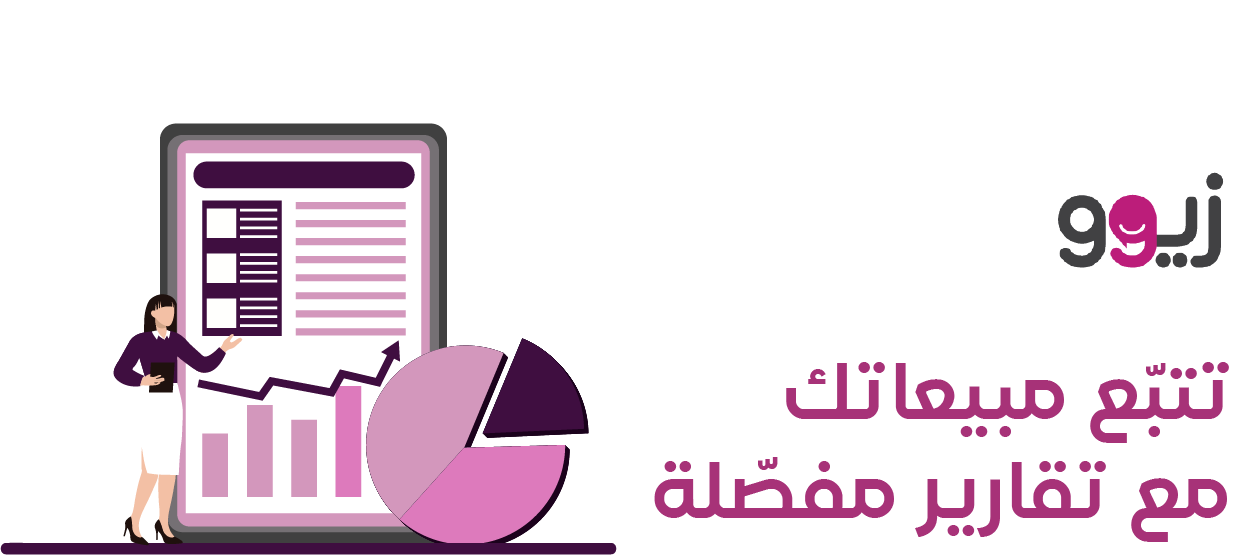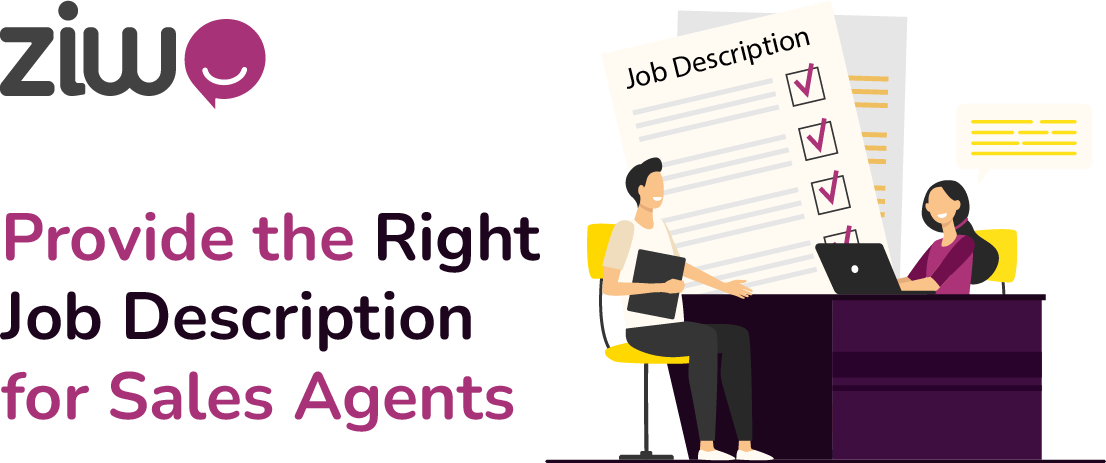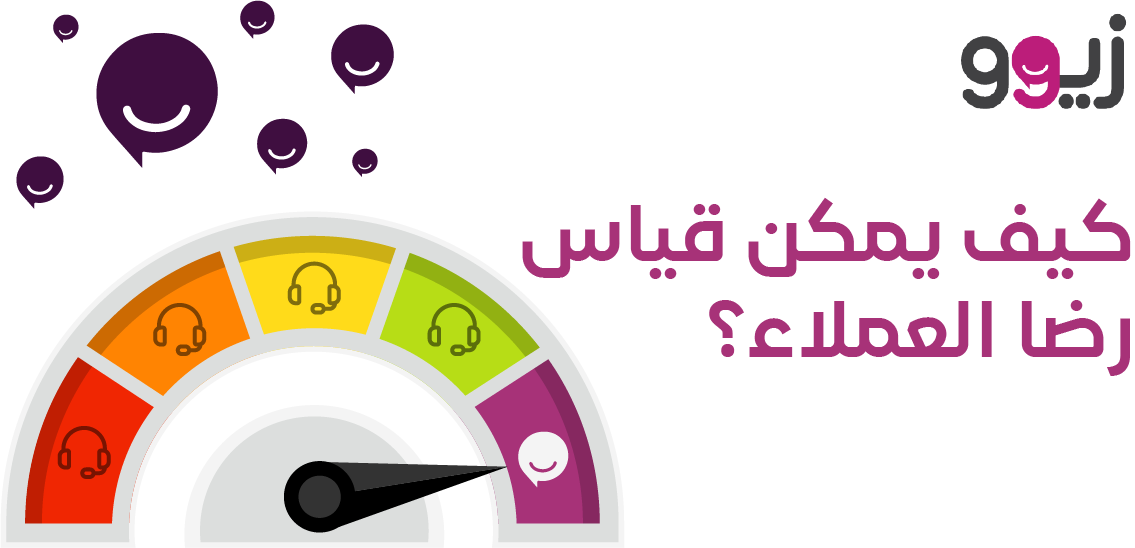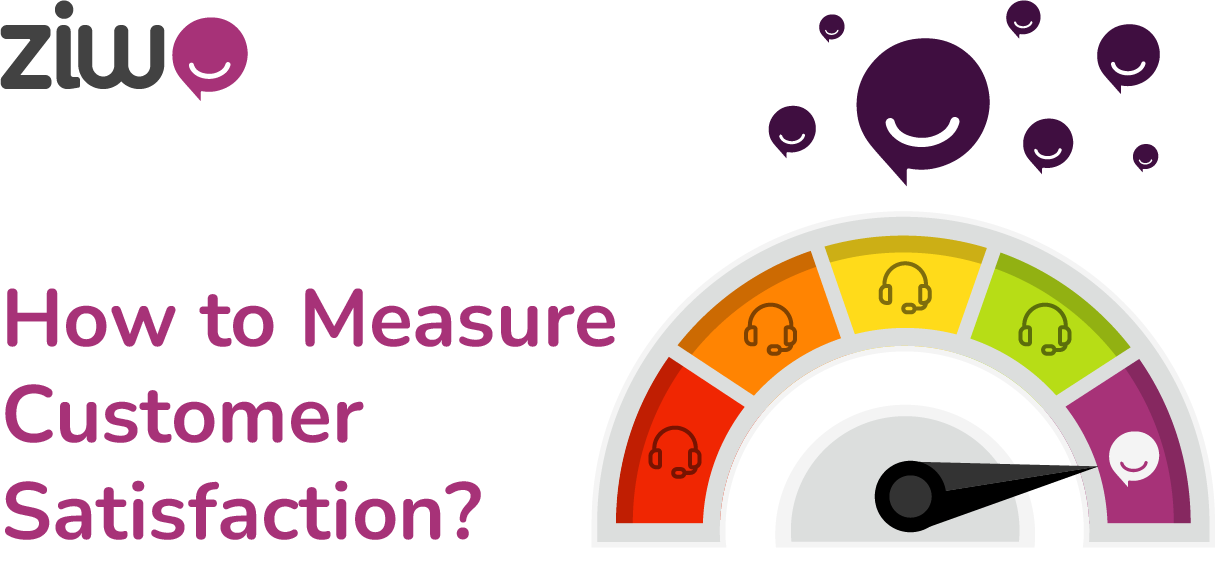

Employee Training Plan Template: Free Template For New Hires Training
Have you ever received onboarding training once you’re accepted as an employee? In most cases, the answer is yes, especially when you are hired for a job related to people, technology, and operations.
Now that you’ve become a manager, it's time to conduct training that helps your employees develop new skills. What gap have you noticed, and would you like to fill in with knowledge and expertise?
An employee training plan is an excellent way to help employees become qualified for the environment by transferring certain activities and behaviors into their mindsets while doing their jobs.
Whether you’re a customer service manager, marketing director, sales team leader, people specialist, or business owner, an employee training plan template is crucial for your department.
This article discusses the importance of training plan templates and how to utilize them. Read the topic until the end to download the free template!
What Is Employee Training Plan Template?
An employee training plan template is a document that supports employees and administration in acquiring new skills and knowledge. The template might be customized for a specific department or delivered to guide the whole company in developing a new culture, such as remote working or digital transformation.
The template is essential as it clarifies the specific goals of each training session and connects these objectives to the corporate goals, making the vision more transparent and goal-driven to the employees.
What Is the Importance of an Employee Training Plan?
An employee training plan is essential as it benefits the individuals and the company on all levels in the following:
-
Interaction with Knowledge Gaps
The training will help your employees acquire new skills. Most of the time, your employees suffer from a common deficiency that generally affects work. So, the decision becomes to address them by adding knowledge, updated resources, and advanced strategies to the work environment.
-
Elevating Employees' Efficiency
Every training session reflects the way the employee performs his tasks. The sessions also build confidence in the employees’ skills. Therefore, productivity increases to exceed the limits.
-
Employee Retention Increases
Many industries now suffer from high employee turnover rates, which affect work stability. Helping your employees develop new skills, update their knowledge periodically, and enhance their expertise can make retirement less probable.
The employee will become more loyal to your business, increasing its market value among peers in the same profession.
-
Putting the Whole Business on the Same Page
The business's significant objectives must be clear to all employees, as all departments and individuals will not cross a particular line to achieve these objectives. This provides a homogenous workflow. So, the plan will refer to how its goals serve the primary business objectives.
What are the types of employee training plans?
The employee training plans vary to serve more than one sub-goal. So, you can easily find the most training belongs to:
-
New Hires Training Plan
Every company has a communication style that needs to be unified in all departments. Employees should be aware of this style so that they can communicate with each other seamlessly. Communication is also key in customer relationship management. Soft skills and organizational culture are considered part of every training plan.
The new hire training plan includes using significant communication channels and the correspondence templates utilized in formal messaging.
Some would consider Health and occupational safety part of the onboarding training plan. In some cases, leadership development training is essential for managerial positions.
-
Customer Service and Sales Training Plan
This type of training occurs in every business with internal customer service and sales teams. Also, BPOs organize that kind of training with every new batch hired. The recruiters employ qualified individuals, but the business needs the agents to commit to the brand voice and image. So, agents will sell and represent the company in a way that suits the brand.
-
Technical Training Plan
Any company in the SaaS or IT industry must provide technical support to its clients. That’s why the ops engineers receive technical training to understand how the system or app is developed and what issues clients might face. The plan includes a tour of the system's capabilities and methods for solving and analyzing problems.
Why Is the Employee Training Plan Template Important?
The training plan template is essential to guarantee an applicable strategy that proves its efficiency; it is also easy to review and update. The template is:
-
A Startpoint of Every New Training
The major reason for training is achieving specific goals. With the help of the employee training template, it’s easy to get answers to the following questions:
- What is the primary objective/objectives of the training?
- What is expected from the employee after the training?
- What are the training results?
- What are the training KPIs?
-
A Trigger for More Employee Training Plans
The template is considered an important document that assesses the success of the training. That’s why business confidence in organizing future training sessions gradually increases. This leads to fewer mistakes compared to previous training.
-
A Detailed Showcase of the Expected Training Experience
The template could be not only accessbile by management and adminstration, as the employees can view the learning materials and the skills they’ll acquire by the end of the training. Also, sending the template will prepare the employee’s mindset to perfectly interact with the session(s).
Moreover, the employees have to give a feedback at the end of training. They should state if the template helped them develop the right expectations or not.
How to Develop a Training Plan for the Employees
Despite the variance in training forms and objectives, where some focus on theoretical aspects while others care more about the practical aspects, there are still fixed steps to develop training for employees, which are as follows:
-
Discover Knowledge Gaps
Before you define the training objectives, you should determine the weaknesses and knowledge gaps the training will deal with.
The weak points appear clearly when clashes occur internally or between a business representative and a customer. Issues, challenges, and problems could bother you, but they’re still a blessing, as they help you discover what you should remedy as quickly as possible.
So, you can link the training to deal closing, negotiation, problem-solving, and more. You can easily connect the training to the general business objectives based on the comments. In this stage, you should determine the following elements:
- What is the knowledge gap/ the challenge/ the issue?
- How was this gap identified?
- Is it a private problem a particular department suffers from, or is it a general issue?
-
Determine Training Objectives
After determining the gap and how it affects workflow efficiency, you can easily connect the training to goals for improving employees’ skills and self-development. At this stage, you should determine if the required skills are mental, like studying new services, advanced problem-solving tools, and adding new features to the solutions.
These skills include active communication, negotiation, positivity, and maybe emotions. Another case is that training binds mental and emotional skills.
-
Categorize the Training Plan
Based on the business needs and its objectives, you can easily determine the suitable training training type we’ve already discussed. You then can determine the steps needed to be considered.
The training could be conducted internally with the help of teaml leaders, supervisors, or even managers. Outsoursing is another applicable solution that allows instructors from outside the enetrprise to deliver crucial knowledge for skills development.
-
Identify Training KPIs
How would you know if the training was a success or a big failure? In this step, you should determine the Key success factors that measure the training efficiency. Regardless of the training type, you should assess the following:
- The comprehension degree of the learning materials
- The engagement level of the attendees
- Satisfaction rate of the training
- Training time
- Training location
- Training duration
- How the training is related to the employees’ tasks
Other metrics measure the effectiveness of the training in the long run. You can illustrate this with ROI, the reduced percentage of error repetition, and other metrics that reflect the elevation of team performance and service or product quality your business offers.
-
Put a Time Frame for the Training
Set a time frame that meets the business needs and provides training similar to that of other businesses in the same industry. Thus, the duration is compatible with the value the training delivers.
Balancing is critical in this case. The trainees shouldn’t feel stuffed with useless knowledge, which would make them bored.
Simultaneously, the trainees should feel they’ve missed something. It’s worth mentioning that training might reach 8 hours in some cases, which is a complete working hour.
-
Indicate the Used Knowledge Resources
Identifying the references on which the training is constructed lets the employee feel confident. Also, sharing the references with participants might drive them to know more about the topic discussed during the training, which ultimately served the company's objectives.
What Are the Elements of an Employee Training Plan Template?
The elements of each plan template vary according to the targeted training type and the job the training is conducted for. However, there are common factors like:
-
Knowledge Gap
First, you need to determine the knowledge gap you found and how it was revealed to you. For example, It was reported several times that the customer service agents don’t have sufficient professionalism and social intelligence principles.
When quality assurance randomly checked the calls, it was proven that the agents’ tone changed when the customer got angry. The percentage of low-quality calls reached 20%.
Dealing with anger inappropriately may lead to the clients’ leaving and avoiding dealing with the brand.
-
Goals
This element encompasses the objectives that the business aims to achieve. So, the template discusses the training goals in terms of points that support the business's general objectives.
The training aims to develop the employees’ skills, which will ultimately affect the facility's development. To continue the previous example, customer service agents should learn more about empathy. It’s a crucial element that leads to customer service success and comes from practicing it more than once until it becomes part of the mindset.
-
Action Plan
The action plan might differ from one training to another. However, the steps should be clear from the activities, exercises, and forms of interaction needed. The plan should be detailed so it can be easily implemented as expected.
The action plan can be drafted in points as follows:
- Putting different scenarios to train employees on empathy.
- Determining the most used expressions to send positive signals when dealing with angry customers.
- Guiding the agents to the right tone will help the angry customers to accept and interact with them.
- Shadowing and following the agents who are characterized by this skill.
- Starting receiving calls and observing the trainees.
-
Employer’s Expectations About the Trainees
Training never ends when the trainees complete their hours but when it finally achieves its purpose. Here, the employees' skills improve. You should monitor trainees' performance in specific activities to prove the plan succeeded.
The duration of training varies from one training to another. Specific training might take longer than others. For example, it’s expected that employees should handle calls better so that the low-quality calls become one among 25 calls.
-
Success KPIs
The template should mention the success metrics you review from a statistical and practical perspective, proving the training's success. This will be reflected in the customer satisfaction rates in the short term and increase retention in the long run,
How to Use Employee Training Plan Template
The employee training plan template has a crucial role in recording the following stages:
- Exploring knowledge gaps
- Putting the objectives
- Determine the training steps
- Discuss what the employer expects from the employee after training
- Showcasing success
Who benefits from an employee training plan template?
Several parties benefit from the template, the most important of which is the human resources department, which manages the process. Also, the department that will receive the training, by reviewing the template, will have a greater ability to implement its objectives. The template also helps department managers determine the quality of the organized training.
Other Templates





